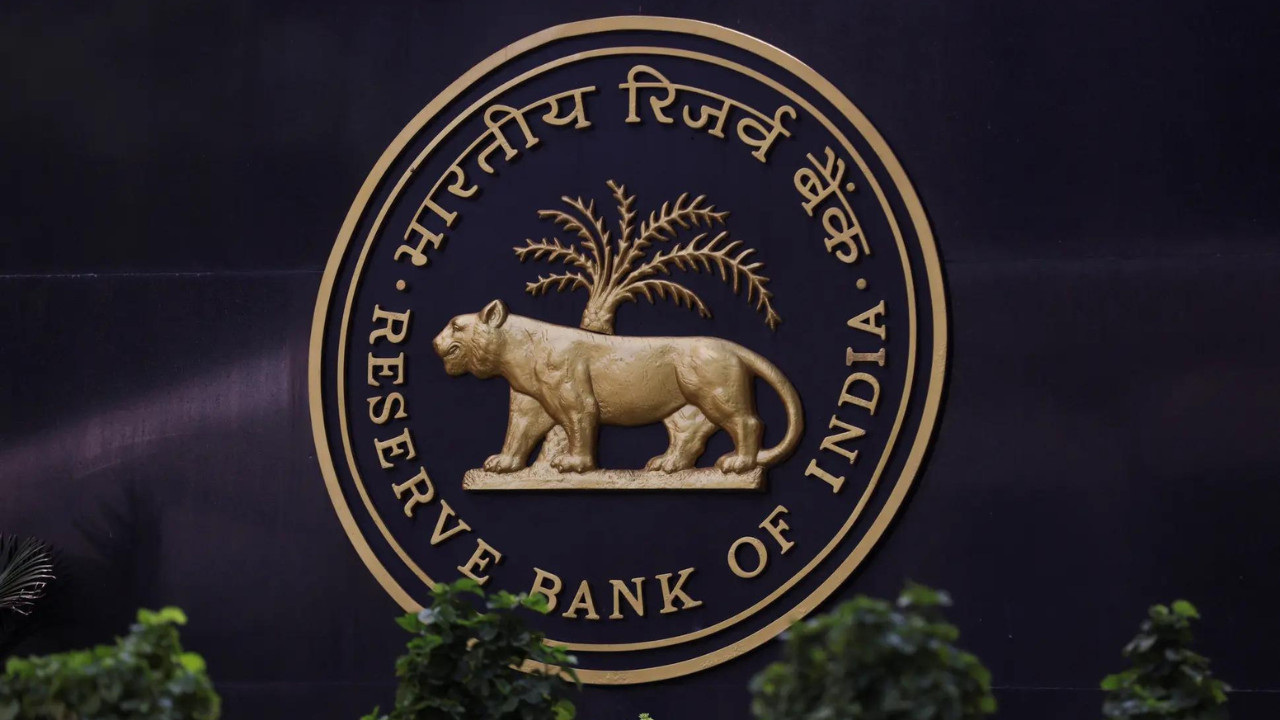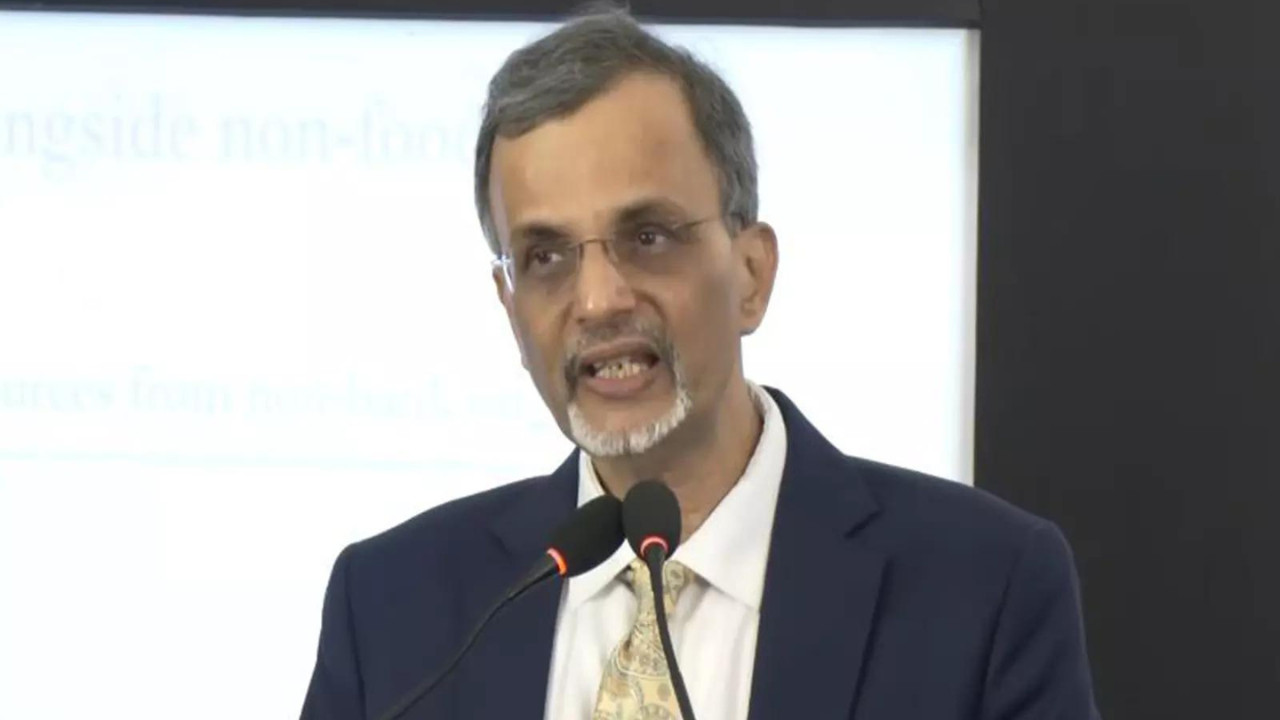Prime Minister Modi’s GST 2.0 announcement, featuring rate cuts by Diwali, is hailed by tax experts as a strategic move to bolster the Indian economy. The proposed reforms aim to simplify the tax structure, reduce litigation, and boost consumption, particularly for MSMEs. These changes are expected to enhance export competitiveness and address the inverted duty structure.
Diwali Cheer for Consumers? Could GST Rate Cuts Be on the Horizon?
The festive season is just around the corner, and there’s a buzz in the air – not just from fireworks, but from potential good news for consumers. Whispers are circulating about a possible GST rate rejig just in time for Diwali, and the timing couldn’t be better. But what’s fueling this speculation, and what impact could it really have?
For months, the government has been hinting at streamlining the Goods and Services Tax (GST) structure. The current system, with its multiple tax slabs, has often been criticized for its complexity. Businesses, especially smaller ones, have struggled to navigate the intricacies, and consumers sometimes find themselves scratching their heads trying to understand the final price of goods and services. The goal is to simplify, rationalize, and ultimately, boost economic activity.

The idea of GST rate cuts specifically timed for Diwali is particularly intriguing. Diwali is a period of peak consumption in India. Families are buying everything from new clothes and electronics to sweets and home furnishings. A reduction in GST rates could translate directly into lower prices, making these goods more affordable and enticing consumers to spend even more.
Why Now? The Economic Context
The potential Diwali GST move isn’t just about spreading festive cheer; it’s also a strategically timed intervention to stimulate economic growth. While the Indian economy has shown resilience in the face of global headwinds, there’s always room for improvement. Consumer spending is a key driver of economic growth, and a well-placed fiscal stimulus like GST rate cuts could provide a significant boost.
Furthermore, a simplified GST structure could encourage greater compliance. When the tax system is easier to understand and navigate, businesses are more likely to pay their taxes correctly and on time. This, in turn, leads to higher tax revenues for the government, which can then be used to fund public services and infrastructure projects.
The Potential Impact of GST Rate Cuts
The ripple effect of lowered GST rates could be quite substantial. First and foremost, consumers would benefit from lower prices on a wide range of goods and services. This could increase their purchasing power and lead to a rise in overall demand. Businesses, in turn, could see an increase in sales and profits.
It’s also worth noting that a simplified GST structure could attract more foreign investment. A clear and transparent tax system is a major factor that foreign investors consider when deciding where to invest their money. By streamlining the GST, India could become a more attractive destination for foreign investment, which could further boost economic growth. This is a good time to review your business’s GST e-invoicing system requirements.
However, implementing such a change is a delicate balancing act. The government needs to carefully consider the revenue implications of reducing GST rates. It needs to ensure that any rate cuts are offset by increased consumption and improved tax compliance. It’s also crucial to consider which sectors would benefit most from lower rates and to target the cuts accordingly.
What’s Next?
As Diwali approaches, all eyes are on the GST Council. Will they announce the much-anticipated rate cuts? What sectors will be affected? How will the government ensure that the benefits reach consumers? These are the questions on everyone’s minds.
One thing is clear: a well-planned and effectively implemented GST reform could have a significant positive impact on the Indian economy. It could boost consumer spending, attract foreign investment, and simplify the tax system for businesses. Whether or not the Diwali timing comes to fruition, the ongoing efforts to refine the GST system are undoubtedly a step in the right direction. The potential benefits are too significant to ignore, and the hope is that these changes will pave the way for a more robust and prosperous Indian economy.
In Conclusion
The possibility of Diwali GST rate cuts highlights a broader commitment to refining India’s tax structure for improved economic performance. By simplifying the GST and strategically using rate adjustments, the government aims to encourage spending, boost business, and ultimately, drive sustainable growth. The anticipation surrounding these potential changes underscores the importance of a well-designed and efficiently managed tax system in fostering a thriving economy.







